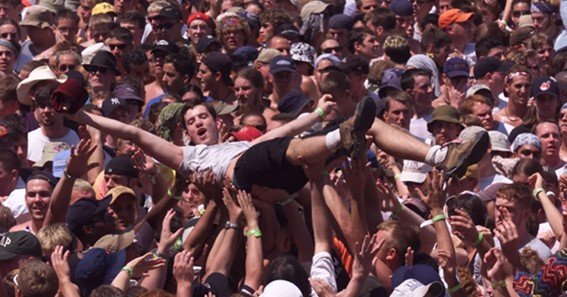When we describe something as “exciting in a noisy or violent way,” we often refer to events or experiences that are highly stimulating, but also chaotic, aggressive, or intense. This phrase typically reflects situations where loudness, rapid action, or aggression grabs attention and creates a sense of thrill, although not always peacefully or calmly.
Understanding “Exciting in a Noisy or Violent Way”
This type of excitement is usually marked by high energy, often accompanied by noise or physical intensity. Such scenarios can be found in:
- Action Movies and Video Games: Blockbuster movies often feature loud explosions, fast-paced chases, and thrilling combat scenes. In these cases, the noise and violence are integral to keeping the audience engaged. Video games with similar themes, like first-person shooters or battle royales, use this combination to stimulate players’ adrenaline.
- Sports Events: Particularly in contact sports like football or boxing, the excitement comes from the noisy crowd, the aggressive gameplay, and the physicality of the sport. Here, the chaos and intensity heighten the viewer’s emotional investment.
- Music and Concerts: Certain genres, such as heavy metal or punk rock, are known for their loud and aggressive tones. Attending concerts where these genres are performed can create an atmosphere that feels both thrilling and overwhelming, with intense energy flowing through both the music and the audience.
The Psychological Appeal
The human brain is wired to respond to stimuli that grab attention, and noisy or violent scenes often trigger a fight-or-flight response. This arousal can create a sense of exhilaration, even in controlled environments such as a movie theater or a stadium.
While this type of excitement can be enjoyable, it is also more likely to cause stress or anxiety in individuals sensitive to loud or aggressive environments.
Examples of Noisy and Violent Excitement
- Concerts and Festivals: Music festivals, particularly those featuring rock or electronic music, often involve loud performances with vibrant lights and sometimes even mosh pits—areas where the audience engages in rowdy, often physical dancing.
- Racing Events: Motorsport events like Formula 1 or NASCAR are known for their loud engines and the risk of crashes, which contribute to the excitement of the race.
- Amusement Park Rides: High-intensity rides like roller coasters or drop towers use speed, sudden drops, and loud noises to create excitement. The thrill is amplified by the potential danger associated with the ride.
FAQ
-
What does it mean to be exciting noisily or violently?
It refers to situations where excitement is generated through loud noises, rapid movement, or physical aggression. These situations tend to be chaotic but thrilling.
-
Where do we see excitement expressed in this manner?
This kind of excitement is common in action-packed movies, high-energy sports events, loud concerts, and even amusement park rides that trigger adrenaline through noise and intensity.
-
Why do people enjoy excitement that involves noise or violence?
The intensity of noise or violence triggers adrenaline and arousal in the brain, which can create a sense of exhilaration. Some people enjoy this sensation as it feels thrilling and stimulating.
-
Can excitement in noisy or violent ways be harmful?
For some individuals, particularly those sensitive to loud sounds or physical aggression, this type of excitement can induce stress, anxiety, or discomfort. It’s essential to be mindful of personal limits.
-
Is this type of excitement only found in entertainment?
No, it can be found in real-life scenarios as well, such as at protests, in chaotic urban environments, or during high-stakes situations. However, in entertainment, the setting is more controlled, making the experience feel safer.
Understanding “exciting in a noisy or violent way” helps to recognize the thrill that can come from chaotic environments, but it’s also important to be aware of its potential effects on different individuals.
Whether in entertainment or real-life scenarios, these high-energy experiences captivate and engage, but should be approached with mindfulness.










